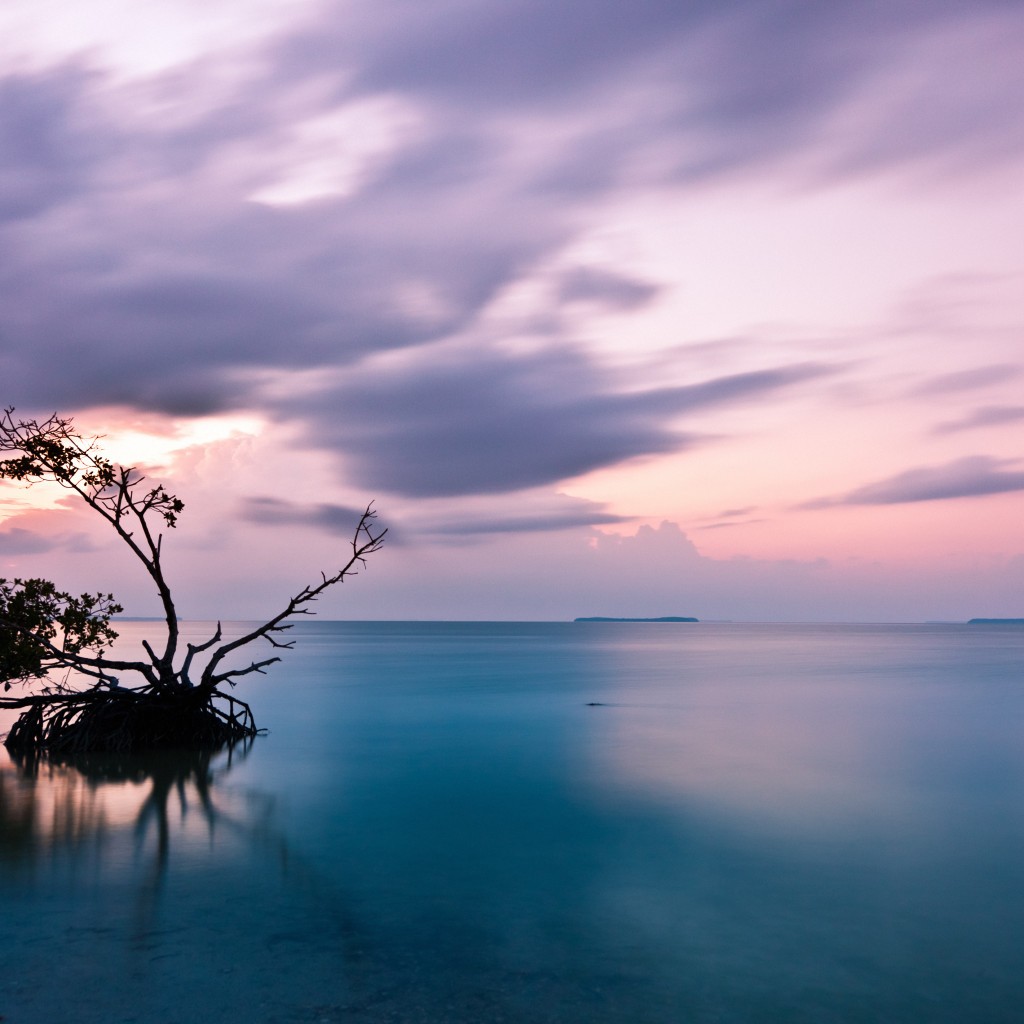
The Florida House has received $1.2 billion in funding requests for local water projects and some of those could receive money from Amendment 1, House Speaker Steve Crisafulli said Wednesday.
Amendment 1, approved by 75 percent of voters in November, is expected to provide $757 million from documentary stamp revenue for water and land conservation in the 2015-16 state budget and $22.6 billion over 20 years.
Environmentalists say other funding is available for what they are labeling “water infrastructure” projects as opposed to conservation. Crisafulli said he agrees the bulk of funding should come from other sources but said some water projects could be deserving of Amendment 1 dollars.
“Without knowing exactly what those requests are it’s hard to answer that question (of how much could come from Amendment 1),” Crisafulli said.
“Right now we have a lot of free flowing water that runs through storm water systems right into our estuaries and lakes and rivers and lagoons and the whole bit,” he continued. “So I believe there are potentially some projects in there that could be funded out of Amendment 1.”
“But I imagine the majority would be a different pot of money that the Legislature would have to commit to local water projects and helping cities and counties work through some of their issues,” he said.
In the current state budget, the Legislature provided $88.5 million for local water projects.
For the 2015-16 state budget, the House list of 475 funding requests include some statewide projects including $75 million for improving agricultural practices and $50 million for local governments to meet state pollution reduction requirements.
Big-ticket local projects include $65 million for a Broward County water reuse system and $50 million for a Florida Keys wastewater treatment. Gov. Rick Scott has requested the $50 million for the Keys but only $17.5 million would come from Amendment 1.
State Sen. Alan Hays, R-Umatilla and chairman of the Senate appropriations subcommittee that oversees environmental spending, likewise said he thinks some money for water projects could come from Amendment 1. But he said he doesn’t know how much funding is being requested from the Senate for those projects.
Surrounded by framed photographs of wading birds in lake settings, Hays said, “I like the outdoors. I want Florida to continue to be a nature capital of the country. So part of that involves preservation and proper management.”
“And I don’t understand why people are so uptight over the term water projects,” he continued. “If a water project is going to enhance the water quality of the aquifer or a surface body, is that not environmentally friendly?”
Eric Draper, executive director of Audubon Florida, said the House list of water projects probably includes some that would meet the requirements of Amendment 1 but others would not.
“The voters did not vote ‘yes’ (on Amendment 1) in anticipation of funding $1 billion in local infrastructure projects that should be paid for by the local governments that are proposing the projects,” he said.
Bruce Ritchie (@bruceritchie) covers environment, energy and growth management in Tallahassee.



